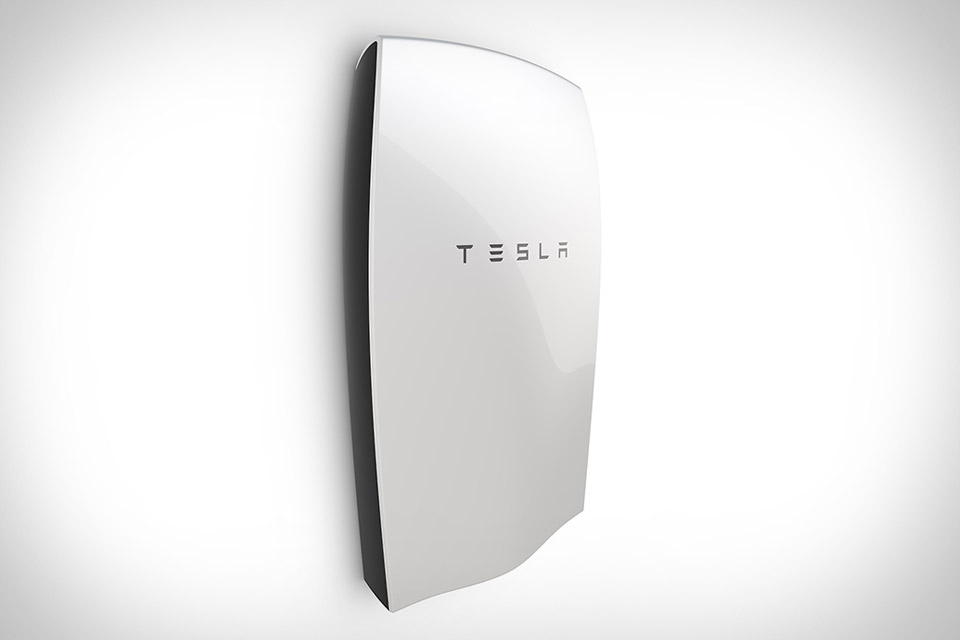Tesla just retired your electric company
written by smashing
If I were an owner of shares in utility companies, I’d be losing a fair bit of sleep right now.
Although not the best kept secret around town, tonight in Silicon Valley Elon Musk unveiled his most game changing product yet.
Forget the car, forget the rumour of a possible Tesla electric motorbike (although that would be cool…), his new super-gigantic-battery-for-the-home, aka the Tesla Powerwall, just made your electric company obsolete.
Providing you can install solar panels on your home, in a decent enough quantity, and can afford the $3,500 for Tesla’s new mega battery (big homes will need more than one), you can now solve the problem of how to power your home both day and night. The only reason people with solar panels connect to the electricity grid at all, is because the sun doesn’t come out at night.
Up until now there’s been no economical and practical means to store all that valuable daytime solar energy, to release it at night when most people actually need it.
Instead, people feed their unwanted daytime solar electricity back into the grid, which they have to stay connected to, and get paid something for this by the electric company. This money, in turn, subsidizes the electricity they have to pay for at night (taking out from the grid).
Most people end up neutral, by adjusting their solar installation size. In other words, they don’t pay anything for electricity, or very little.
The problem with this arrangement is that there is generally no guarantee what rate you will be paid by the electric company for the power you supply. If the price falls, the calculations don’t work.
Solar installations pay themselves back over long periods of time, 10-20 years… and you really have no idea what price you will be paid in say 5 years, 10 years, or 15 years, for your electricity. It could be substantially lower than what you get now, particularly if there are no utility companies left to sell it to. (But I’m getting ahead of myself)
So when all the tax incentives for supplying power to the grid end, as surely they will, a lot of people are going to find the calculations they did way back at the beginning, don’t work any more.
Fortunately, thanks to Tesla, there is a solution for those people, and for anyone else considering solar power. Install a Tesla PowerWall or two, and cut yourself off from the grid completely.
This is pretty radical thinking… but look at it from another perspective… If you do have solar power, you’re already using the electric company as a giant battery. So if you can get your own battery, why wouldn’t you give the finger to your utility company with a smile on your face? People and businesses don’t generally like their utility companies.
For the risk averse, people could stay ‘almost connected’ in case of a power emergency, but the reality is that the grid is far more likely to go down than your own solar / Tesla battery installation.
My own prediction is that we will see a rapid uptake of the Tesla Powerwall… people are going to buy into this heavily. It will start with existing solar users who are going to be gobsmacked at the price point (it’s much cheaper than people expected) and they will ‘get’ the application soonest.
Interestingly, Tesla are offering a commercial version to utility companies, but this will end up being nothing more than a delay to the inevitable. People are going self-sufficient, electricity will be no different.
If every house has solar arrays and a battery, who needs the utility company any more?
Cord cutting is about to get a whole new meaning.
If this happens quickly, and I think it could really catch on… we could be closing down nuclear power plants faster than anyone expected. Coal and gas stations too.
Update: The Tesla site is taking reservations for those interested in buying a Tesla PowerWall
